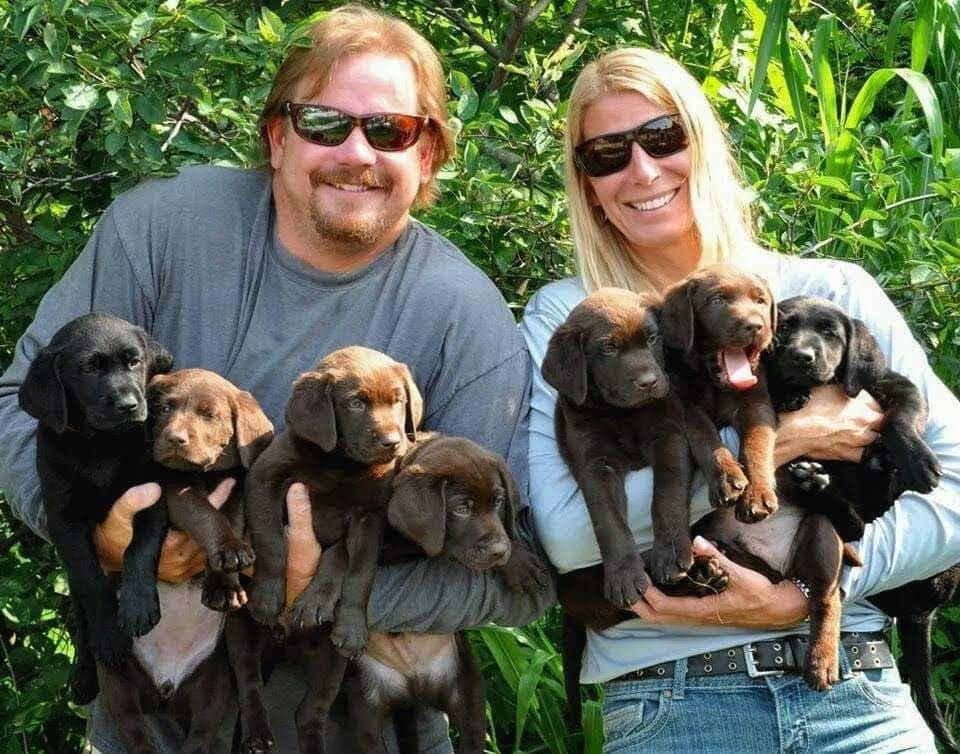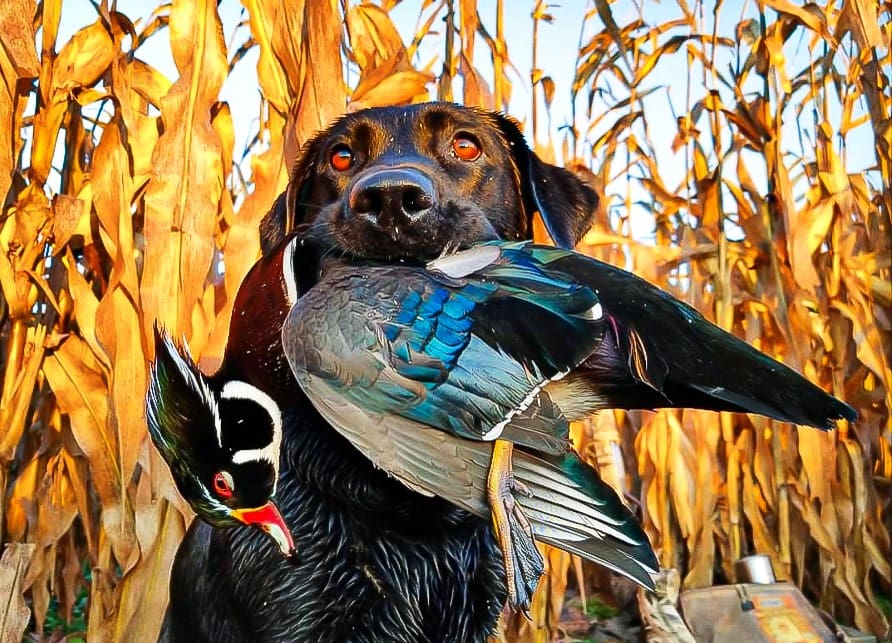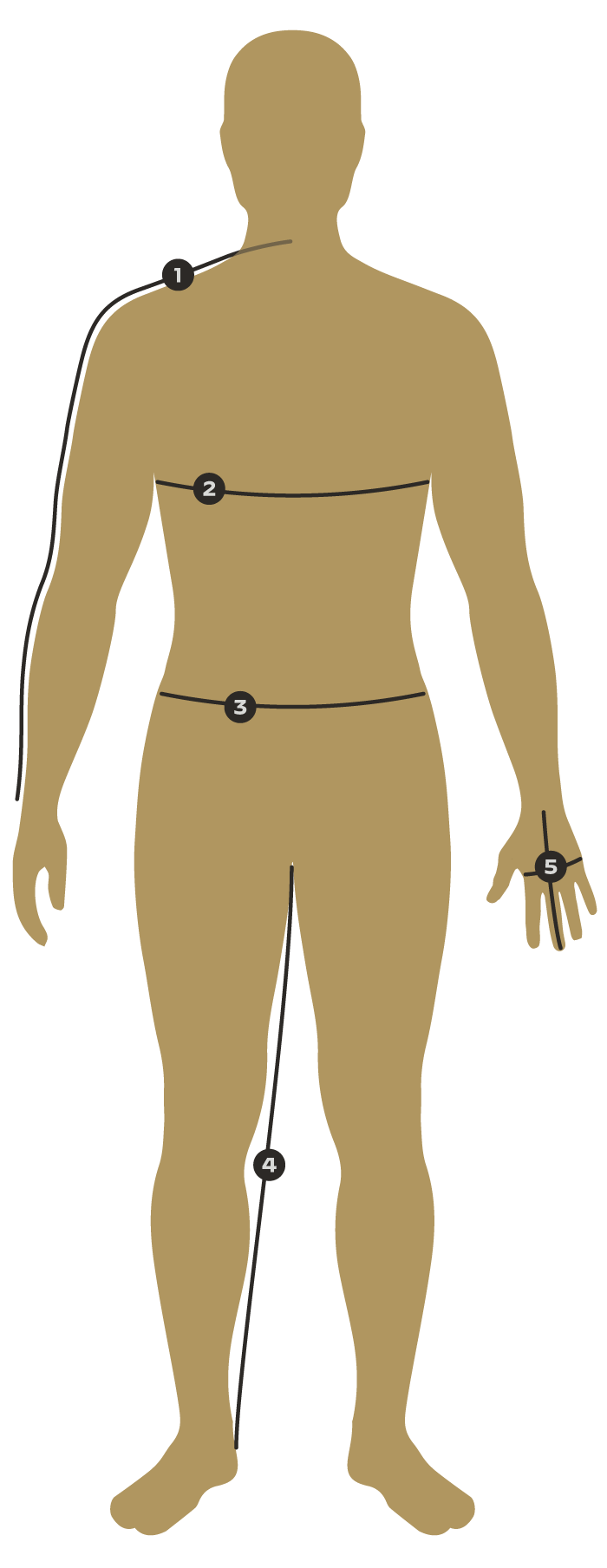With some forethought and research, you can start with a dog that best fits your expectations and style of hunting.
Choosing a new hunting dog can be a challenge for a lot of hunters, but it’s important to consider a host of things before biting the bullet, so to speak. A “Lab Pups 4 Sell” sign on the side of the road generally isn’t your best option. While backyard bred pups may turn out to be great pets, odds are hunting skills will leave a lot to be desired.
Here are some important aspects of choosing the right hunting dog.
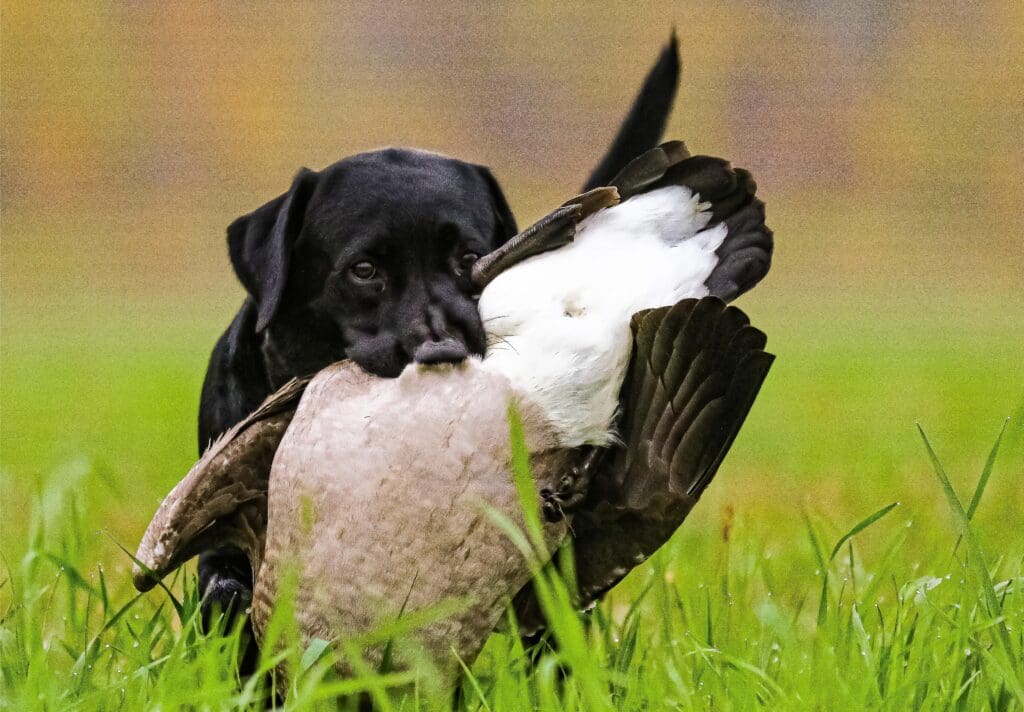
Breed
It’s important to consider what your goals. For example, waterfowl hunting may be your primary focus, but will you also expect your dog to hunt upland birds such as pheasant or grouse?
Let’s assume the main goal is to use your dog to retrieve waterfowl. The easy money is on the ever-popular Labrador, but the golden retriever and Chesapeake Bay retriever are also popular options. Things such as coat maintenance also come into play – a longer-furred golden will require more post hunt attention for example.
There are also numerous other “versatile” breeds including the various pointing griffon breeds, among others. They may be harder to track down but can be great waterfowl dogs that also possess some extra skills for alternate game species.
“The Wachtel Hund (valk-tel-hund) is the Leatherman of the hunting dog world. It does everything!” said Northern Michigan guide David McCool of McCool Outdoor, who is a proud Lab man, but loves to hunt over this somewhat obscure breed as well. “She blood-tracks deer for example. She has found four deer in the rain… She also hunts rabbits and flushes grouse and actually “gives tongue” as they say, meaning she yips a little prior to flushing grouse, which is great because I can warn clients that a flush is imminent. She points woodcock and hunts ducks, too. Their quirky but they’re cool.”
Figure out what type of hunting you plan on doing the most and do your research on which breed best suits your needs.

Boy or Girl
Now it’s time to decide if you want a male or female, and each one have their pros and cons.
Females can be easier to train, but they come into season twice a year. If you plan on having the dog spayed this is a non-issue, but if you have a female that goes into heat during hunting season, it can be disruptive, not to mention there is a home-maintenance issue if she lives in the house.
While larger males (on average) may be custom built for inclement weather, they have their own set of habits that can be a bit taxing. This includes urinating on pretty much anything that rises more than a few inches off the ground: Truck tires, the fruit trees you just planted for the better half, and flowers in planters are likely to get nailed regularly. I had a male Lab pee on a game warden’s leg in Kansas while he was checking licenses…that sort of thing.
Males can also become blithering idiots when a female in heat is in their midst and are known for crazy behavior such as swimming across a lake to track a hot female down who’s scent has drifted far and wide. Consider neutering, or deal with the added responsibility and an intact dog.
All that said, many Lab owners will say males tend to bond to their handlers a little more intensely, while females are known for their penchant to be aloof. This certainly isn’t always the case, but has certainly been my experience. The bottom line is any well-trained retriever is better than none, regardless of whether it’s a boy or a girl.
Bloodlines
Suffice it to say bloodlines are a major topic of conversation. Producing a quality hunting dog may seem like a cinch given natural instincts, but never judge a book by its cover.
Field trials are filled with high energy dogs with a lot of desire, but it’s not uncommon to end up with one that is a little more than the average amateur trainer can handle. This is why many trainers refer to a desirable “off switch”. Stay in your lane and consider hiring a pro if you want to spend the big money on a pup from a proven winner bloodline.
On the other hand, a lot of pups sold by “backyard breeders” who have a good sire and dam to work with can turn out to be fantastic hunting dogs. You will likely spend far less than the price tag of a marquee pup. Regardless of which route you go, be sure the breeder has all pertinent health certificates for the parents.
Picking a Pup
Litters typically have a broad range of personalities and body profiles. While good breeders have a knack for picking a pup that fits a customer’s needs, nothing trumps real time pup observation – how it interacts with littermates and of course, you.
“I always look for one with an off switch because it will live in the house,” said Steve Pitiglio of southeast Michigan, who is well-known for training his own Labradors that earn ribbons with regularity. “My secret sauce on how to pick a pup is simple: I go to the breeder with my current dog, and we sit together off to the side. The pup that shows the most interest in us is the one that ends up going home with us.”
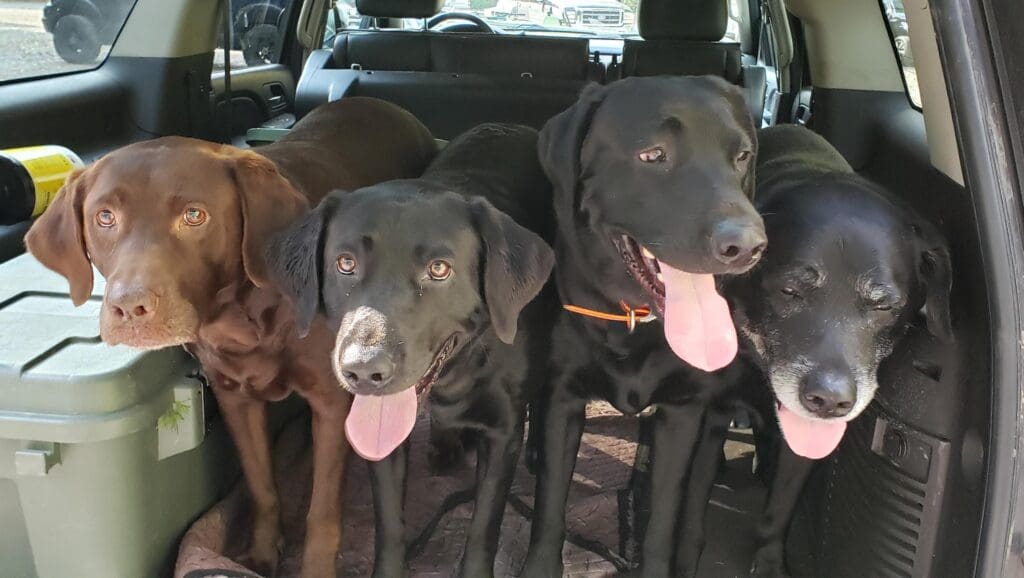
Training – DIY or Hand Somebody Else the Keys
All too often, best laid plans sort of sputter out along the journey. Perhaps you’ve reached a plateau and pup seems “good enough,” but abandoning the regimented process required to bring the best out of the dog is truly an unfortunate circumstance.
Training may require a lot of time, energy, and patience, but when your young dog makes a dandy retrieve and brings the game to hand on their first hunt, the reward is hard to beat. There are plenty of resources to assist in this endeavor including books, online videos, and DVDs you can follow. Joining a local retriever club or teaming up with another hunter at a similar point in the process are other great ways to boost confidence and maximize resources.
That said, while pro training can be expensive, if you have limited time (or patience for that matter) for bringing a young hunting dog through the process, reaching out to a pro is strongly recommended.
The bottom line is, spend some time considering these factors prior to making your decision and get ready for what can quickly become one of the most rewarding things a wing-shooter ever experiences: hunting over a well-trained dog.
